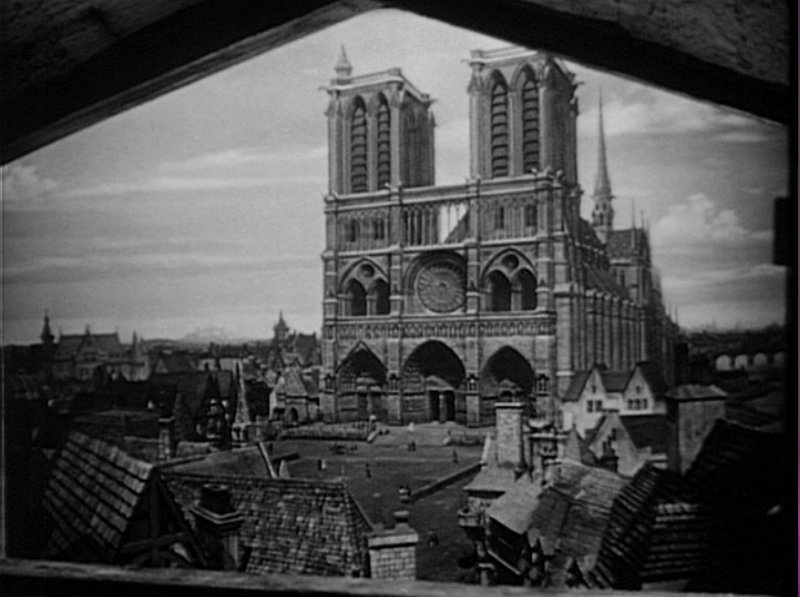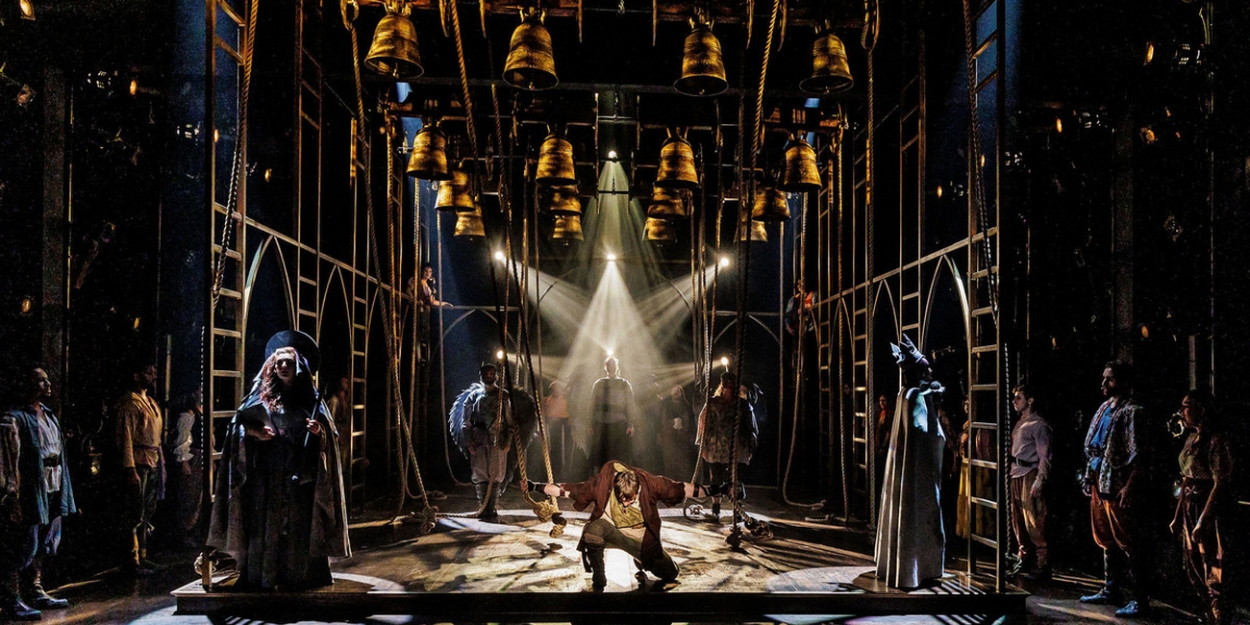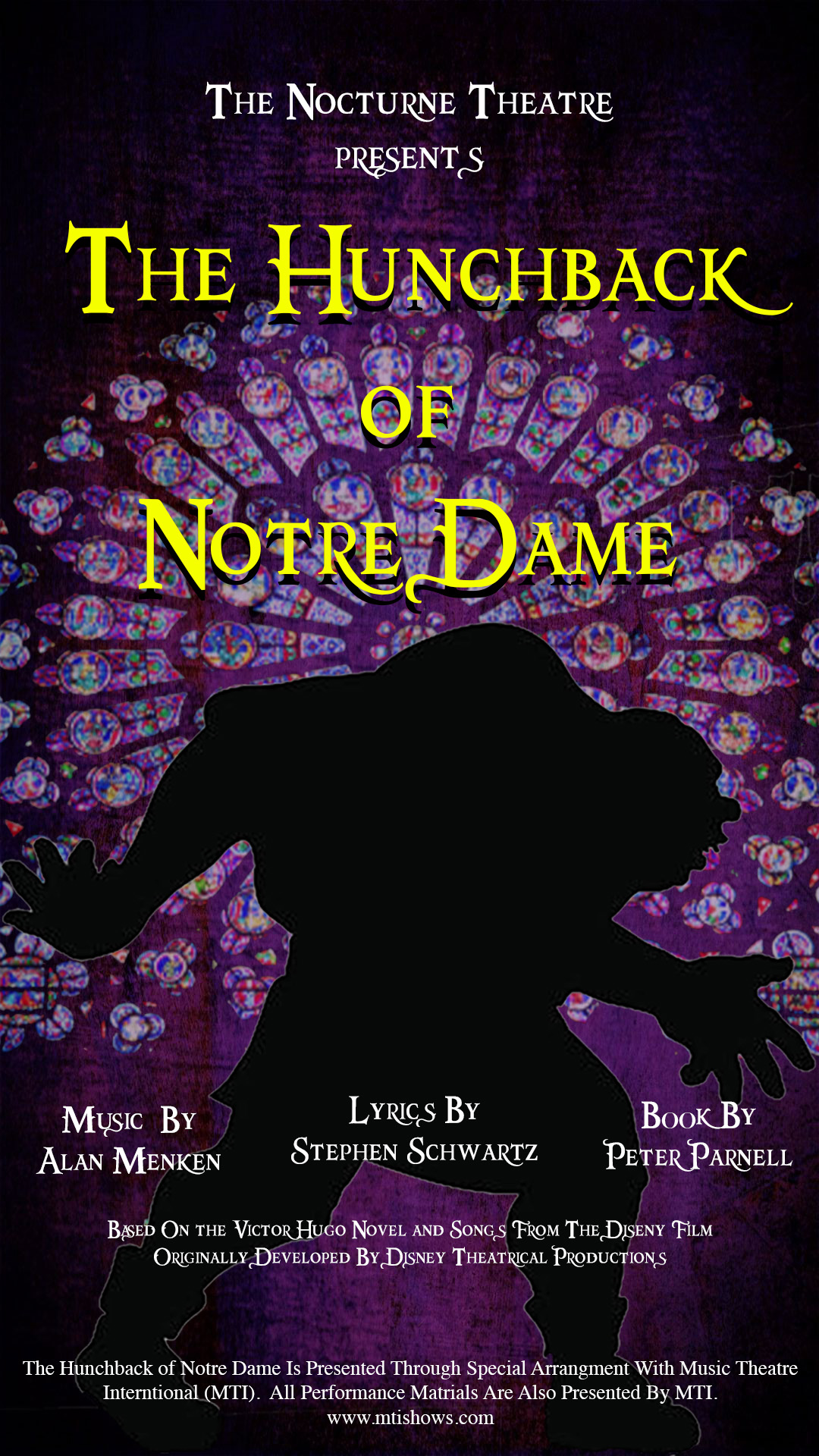Where Was The Hunchback Of Notre Dame Set

The bells of Notre Dame Cathedral, once a vibrant chorus echoing across Paris, have been silent since the devastating fire of April 2019. While restoration efforts continue, the global fascination with the cathedral endures, fueled in no small part by Victor Hugo's immortal novel, The Hunchback of Notre Dame. But beyond the narrative, a fundamental question lingers: where exactly was the story set, and how much does the real Notre Dame de Paris inform Hugo's fictional world?
This article will explore the specific geographic and historical setting of The Hunchback of Notre Dame, also known as Notre-Dame de Paris, delving into the real-world 15th-century Paris that Hugo meticulously recreated. It will examine the cathedral itself as a central character, alongside the social and political landscape of the time, shedding light on the historical accuracy and artistic license that shaped this enduring masterpiece. By understanding the setting, we gain a deeper appreciation for Hugo's message and the timeless relevance of his work.
A 15th-Century Parisian Stage
The Hunchback of Notre Dame is unequivocally set in Paris, France, in the year 1482. This was during the reign of Louis XI, a period marked by significant political intrigue and social stratification. The city, as depicted by Hugo, is a bustling hub of activity, a melting pot of nobility, clergy, commoners, and outcasts.
Hugo paints a vivid picture of medieval Paris. He focuses on its narrow, winding streets, its overcrowded dwellings, and the stark contrast between the opulence of the royal court and the squalor of the city's slums.
The Heart of the Setting: Notre Dame Cathedral
More than just a backdrop, Notre Dame Cathedral is arguably the central character in Hugo's novel. It stands as a symbol of both the Church's power and the enduring spirit of Paris.
Hugo dedicates extensive passages to describing the cathedral's architecture, its sculptures, and its stained-glass windows. He meticulously details its physical features, reflecting his deep admiration for Gothic architecture and his concern for its preservation.
"The greatest products of architecture are less the works of individuals than of society; rather the offspring of a nation's effort, than the inspired flash of a man of genius." - Victor Hugo, The Hunchback of Notre Dame
The cathedral serves as a refuge for Quasimodo, the deformed bell-ringer, and becomes a focal point for the novel's key events. His life is inextricably linked to the cathedral, a place where he finds solace and protection from the harsh realities of the outside world.
Beyond the Cathedral Walls: The Place de Grève and the Court of Miracles
While Notre Dame dominates the narrative, other locations in Paris play crucial roles. The Place de Grève, a public square used for executions and gatherings, highlights the brutality of the era.
The Court of Miracles, a sprawling slum inhabited by beggars and thieves, provides a glimpse into the city's underbelly. Hugo contrasts this world of poverty and desperation with the grandeur of the cathedral and the extravagance of the royal court.
These locations are not merely settings; they are integral to the novel's themes of social injustice, prejudice, and the struggle for survival. They reflect the harsh realities of life for the marginalized in 15th-century Paris.
Historical Accuracy and Artistic License
Hugo was known for his meticulous research and his commitment to historical accuracy. He drew inspiration from historical documents and architectural studies to recreate the Paris of 1482.
However, The Hunchback of Notre Dame is not a strictly historical account. Hugo employed artistic license to enhance the dramatic impact of his story and to convey his social and political messages.
For example, while Louis XI was indeed the King of France in 1482, the specific events and characters depicted in the novel are largely fictional. Hugo used the historical setting as a framework for exploring broader themes of beauty, ugliness, and the power of compassion.
The novel reflects Hugo's own political views, particularly his belief in social justice and his opposition to oppression. He used the historical setting to critique the inequalities of his own time, drawing parallels between the 15th century and the 19th century.
The Enduring Significance of the Setting
The setting of The Hunchback of Notre Dame is crucial to understanding the novel's enduring appeal. By immersing readers in the world of 15th-century Paris, Hugo creates a powerful and unforgettable experience.
The cathedral itself, a symbol of both faith and artistic achievement, continues to inspire awe and wonder. The story serves as a reminder of the importance of preserving our cultural heritage and fighting for a more just and equitable society.
As Notre Dame undergoes its restoration, Hugo's novel remains a testament to the cathedral's enduring power and its central place in the hearts of Parisians and people around the world. The setting, brought to life through Hugo's words, ensures that the story of Quasimodo, Esmeralda, and the magnificent cathedral will continue to resonate for generations to come.


















